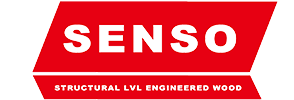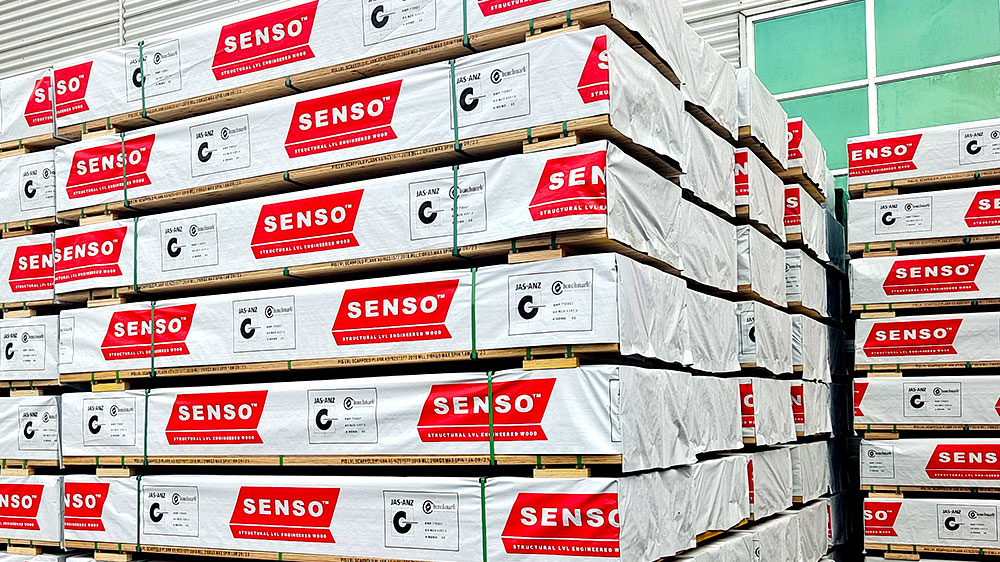The Rise of Scaffolding Planks in Modern Construction
In the dynamic world of construction, safety and efficiency are paramount. Scaffolding planks, known for their crucial role in building projects, have emerged as key players in this narrative. These planks, often referred to as scaffold boards or walk planks, have undergone significant transformations, evolving from mere components to central features in construction safety and efficiency.
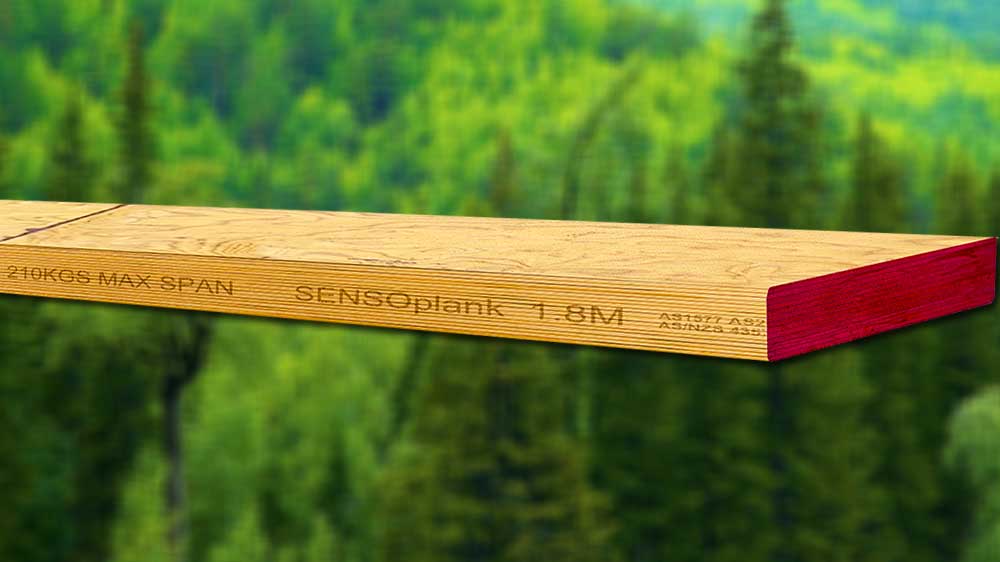
Safety Enhancements through Innovation
Recent developments in the design and material of scaffolding planks have marked a notable shift in construction safety standards. Traditional wood planks, once the industry standard, are gradually being replaced by engineered solutions such as metal and composite materials. These new-age materials offer superior strength, durability, and resistance to environmental factors, thereby significantly reducing the risk of accidents and ensuring a safer working environment.
Efficiency and Sustainability: A Dual Focus
Efficiency in construction not only pertains to time and cost savings but also encompasses the aspect of sustainability. Modern scaffolding planks are designed to be lightweight, yet strong, allowing for quicker and more efficient assembly and disassembly. This efficiency is twofold; it reduces labor costs and minimizes the environmental impact, aligning with the growing trend of sustainable construction practices.
The Economic Impact of Advanced Scaffolding Planks
The integration of advanced scaffolding planks into construction projects has a ripple effect on the economy. By enhancing safety and efficiency, these planks contribute to reduced workplace injuries and faster project completion times. This, in turn, leads to cost savings for construction companies and minimizes the economic burden of construction-related accidents.
A Future Shaped by Technology and Innovation
Looking ahead, the scaffolding plank industry is poised for further innovation. Technologies like smart sensors and IoT integration are on the horizon, promising to bring new levels of safety and efficiency. These advancements could lead to real-time monitoring of plank conditions, predictive maintenance, and even greater reductions in project timelines and costs.
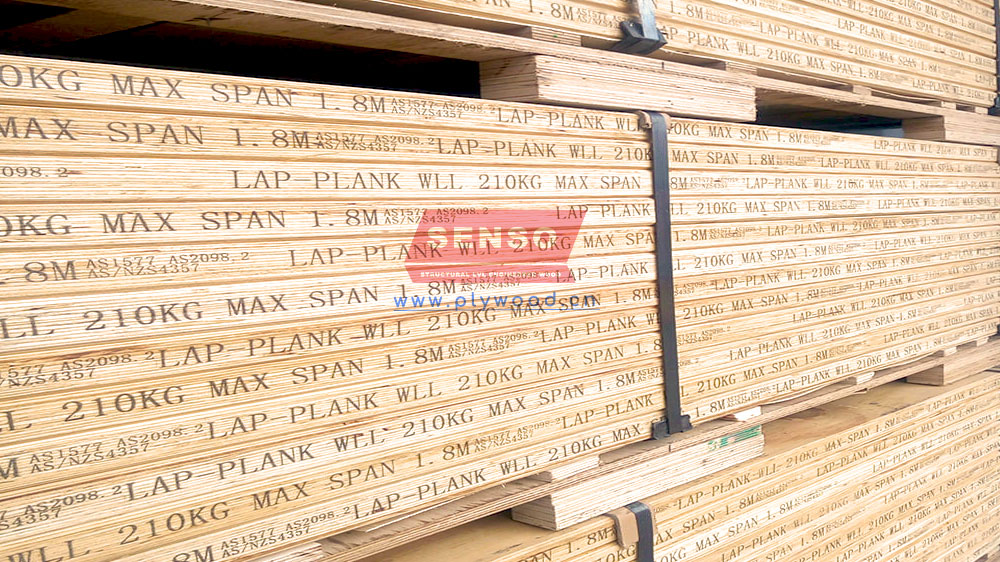
Technological Advancements in Scaffolding Plank Design
As the construction industry continues to evolve, so does the technology behind scaffolding planks. Innovations in materials science have led to the development of lighter, stronger, and more durable planks. Composite materials, which combine the strength of metal with the lightness of synthetic fibers, are at the forefront of this evolution. These advancements not only enhance safety but also contribute to greater efficiency in construction workflows.
Smart Technology Integration: A Game-Changer
The integration of smart technologies into scaffolding planks is set to revolutionize construction practices. Equipped with sensors and IoT (Internet of Things) capabilities, these advanced planks can provide real-time data on load capacities, stress points, and wear and tear. This information is crucial for preventing accidents and ensuring the longevity of the scaffolding structure.
Training and Education: Keeping Pace with Innovation
With the rapid advancement of scaffolding plank technology, there is a growing need for proper training and education in the construction sector. Workers and site managers must be familiar with the capabilities and proper usage of these new materials and technologies. Investing in training programs ensures that the benefits of these innovations are fully realized, further enhancing safety and efficiency on construction sites.
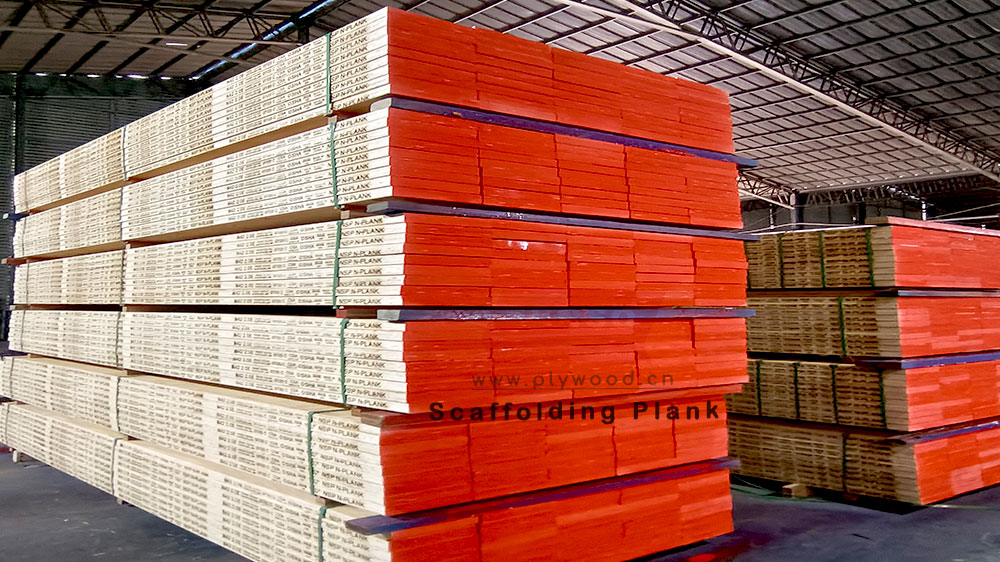
Regulatory Implications and Compliance
As new materials and technologies emerge, regulatory bodies are tasked with updating standards and guidelines to ensure safety and efficacy. Compliance with these evolving regulations is crucial for construction companies. This ongoing adaptation underscores the industry’s commitment to safety and innovation.
Case Studies: Success Stories in the Field
Real-world applications of advanced scaffolding planks highlight their impact on the construction industry. Case studies from various projects around the globe illustrate significant improvements in safety, efficiency, and overall project outcomes. These success stories serve as powerful testimonials to the potential of these innovative solutions in modern construction.
Global Impact and Future Potential of Scaffolding Planks
The influence of advanced scaffolding planks extends beyond individual construction sites, impacting the global construction industry. With an increasing focus on safety and efficiency, countries around the world are embracing these innovations, leading to a universal shift in construction practices.
Emerging Markets and the Adoption of Advanced Materials
Emerging markets are particularly poised to benefit from the adoption of advanced scaffolding planks. In regions where construction is booming, these innovative materials and technologies offer a path to safer and more efficient building practices. This not only elevates local construction standards but also contributes to the overall growth and development of these economies.
Sustainability: A Core Aspect of Future Developments
Sustainability remains a key focus in the future development of scaffolding planks. As the world grapples with environmental challenges, the construction industry is under pressure to reduce its carbon footprint. Advanced scaffolding planks, with their emphasis on durable and eco-friendly materials, play a critical role in this endeavor. Their use contributes to more sustainable construction practices, aligning with global efforts to combat climate change.
The Role of Research and Development
Continued research and development are vital for the ongoing evolution of scaffolding plank technology. Investment in R&D ensures that these materials and technologies stay at the cutting edge, adapting to new challenges and opportunities in the construction industry. This commitment to innovation paves the way for future advancements that will further transform construction practices worldwide.
Embracing the Future of Construction
In conclusion, scaffolding planks are more than just a component of construction; they are a driving force in the industry’s evolution. Through technological advancements, sustainability efforts, and global adoption, these innovative materials are reshaping the way buildings are constructed. As we look to the future, the role of scaffolding planks in fostering safer, more efficient, and sustainable construction practices is undeniable.
Post time: Jan-17-2024
